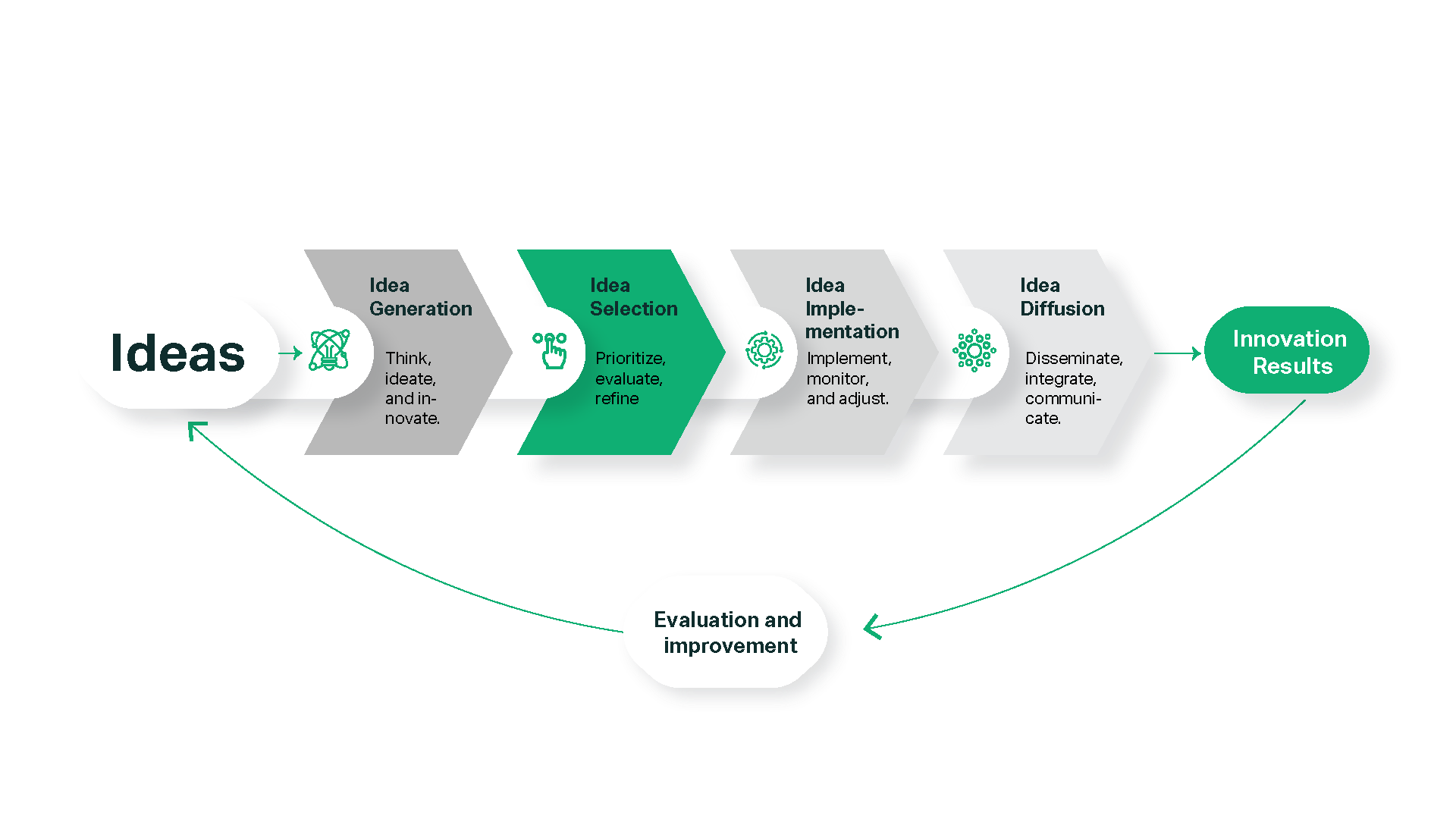In pursuit of groundbreaking solutions, the challenge is not only to generate ideas, but also to identify those that are truly transformative. To determine ideas that are ambitious, viable, and actionable, how do we sort through the myriad possibilities?
It is at this juncture that the finer nuances of the generated ideas warrant meticulous exploration. Selecting from a multitude of options requires a seamless, transparent, and holistic approach that engages diverse teams and aligns with the organization's overarching goals.
Despite the inherent risk, the key question is how to ensure a commendable return on investment? What metrics serve as the benchmark for gauging the impact of each resource allocated? A formidable challenge is determining the best alternative.
Fortunately, several methodologies exist to overcome this challenge. An approach to evaluating ideas involves weighting factors such as strategic alignment, investment requirements, and anticipated impact against a set of weighted criteria. From a pool of potential game-changers, decision-makers can distill the most promising prospects.
Alternatively, organizations can develop an innovation culture by engaging employees at all levels, empowering them to use their diverse skills to imagine, refine, and ultimately implement ideas.
 A pivotal lesson emerges from the World Bank's Development Marketplace: meaningful impact does not require exorbitant financial resources. Through judicious resource allocation, modest contributions can yield profound results.
A pivotal lesson emerges from the World Bank's Development Marketplace: meaningful impact does not require exorbitant financial resources. Through judicious resource allocation, modest contributions can yield profound results.







